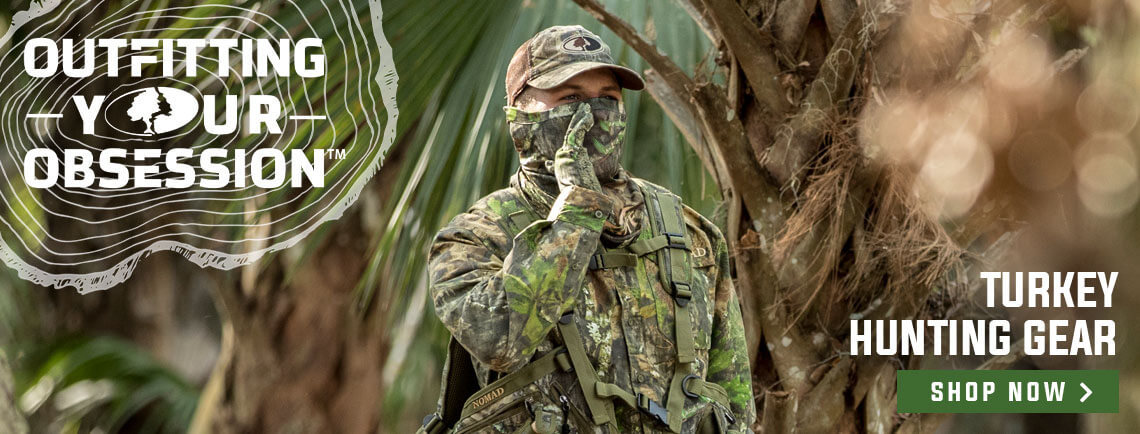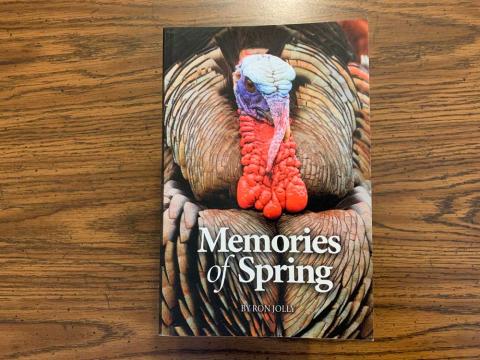Heath Wood
A locator call is one of the most overlooked turkey calls that hunters use each spring. A locator call is a call that mimics natural animal sounds that can create a shock gobble from a mature tom.
The shock gobble occurs because of a tom being tense in the spring due to the breeding season. A gobbler becomes so in tune with trying to find a hen that it startles them into gobbling when a loud noise occurs, thus being named a "shock gobble."
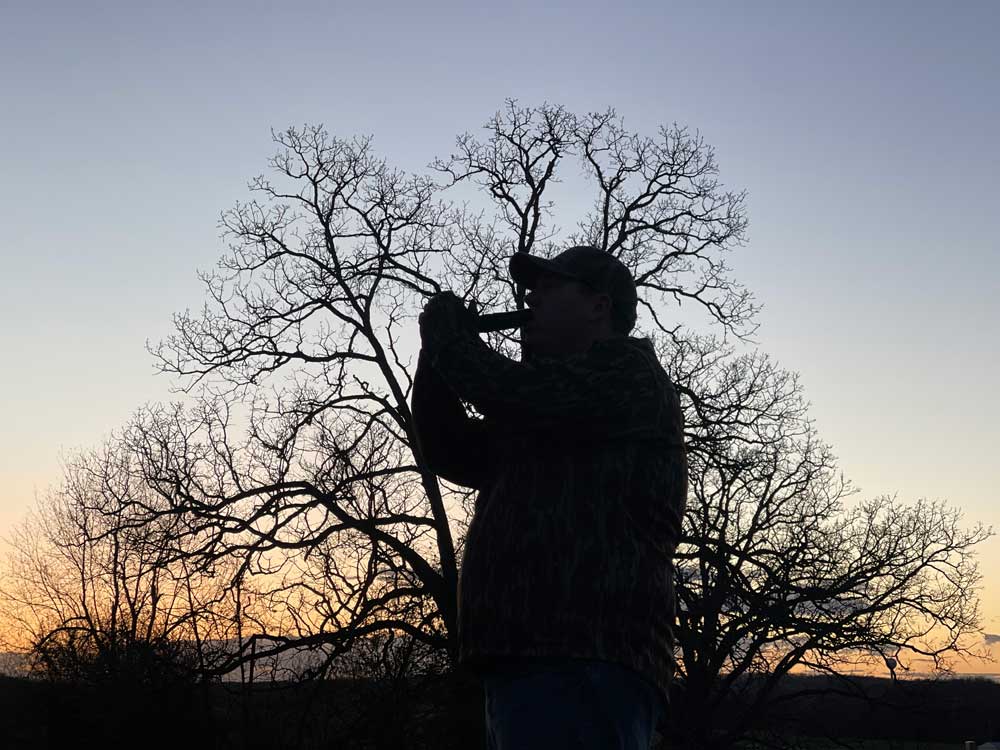
Many years ago, turkey hunters discovered that they could imitate loud noises such as a crow calling or a coyote howling to create a shock gobble. When the turkey gobbles, the hunter then knows its location and moves into a close position to begin trying to call him into shooting range. Using a turkey call can make the tom gobble, giving up his location. However, if a hunter uses a turkey call to locate and then begins to move closer, the tom could be doing the same and coming closer to the call. When turkeys respond to the call and the hunter tries to move closer to him, they can bump each other, spooking the tom off into another direction.
A locator call can give the hunter that much-needed advantage against even the toughest to hunt turkeys. To avoid being busted by an approaching gobbler, hunters instead use locator calls to get turkeys to shock gobble until they can move closer. The locator call should be found in every turkey hunter's vest during the spring hunting season. Below are 3 practices for using locator calls that can help you achieve success this spring.
Locate Toms On The Roost
One of my favorite tactics for hunting spring turkeys is to get as close as I can to a tom while he is still on the roost. Using the sound of a turkey entices the gobbler to fly off the roost. Getting close to the roost before using a turkey call creates less distraction between the gobbler and myself when trying to call it into shooting range. The tom may fly off the roost too early if a hunter uses a turkey call before getting into closer range. Instead, use a locator call such as an owl hooter.
The Barred Owl is one of the most natural sounds heard on an early spring morning. Using an owl hooter locator call such as the Woodhaven Custom Calls Ninja Owl, the hunter can easily mimic real owl hoots for a tom to respond to by gobbling. Once a tom is located, the hunter can stop periodically and use the Ninja Owl to draw closer to the exact location of the tom without being seen. Once the hunter is in position, begin with actual turkey calls to bring the tom into range.
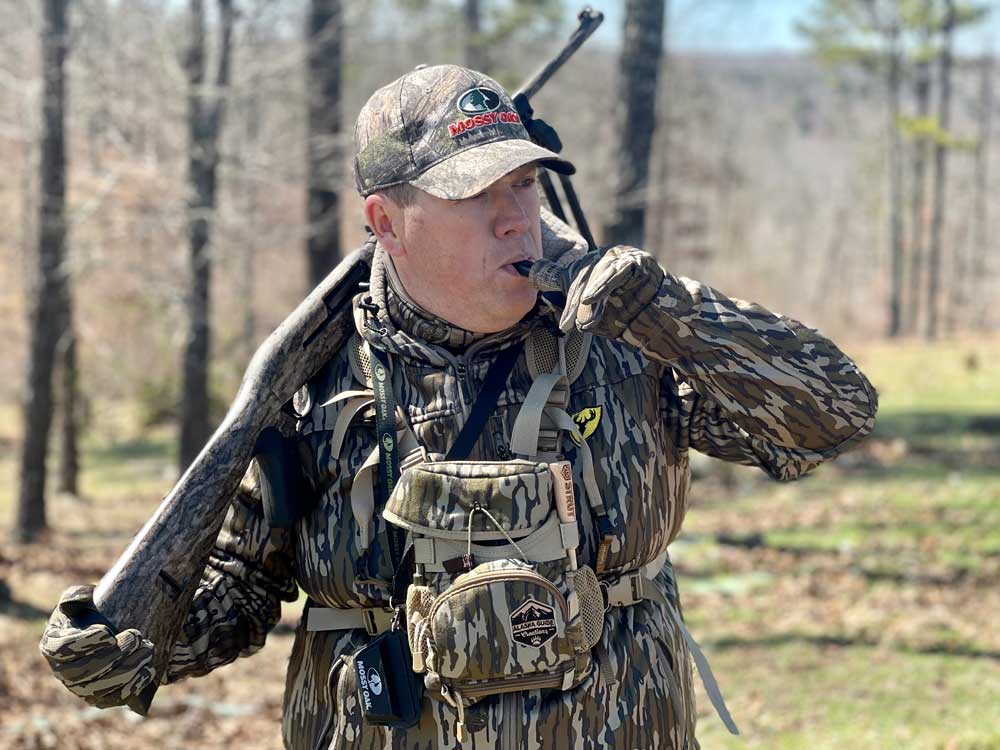
Call-Shy Gobblers
One of the toughest turkeys I ever hunted was an older tom who would immediately turn and go the other way after making a call. After three mornings in a row trying to get in the proper position, my plans were always messed up after I made a call. On the fourth morning, I brought along a friend who decided to sit approximately 100 yards away, on the opposite side of the hill where the tom was roosted each morning. That morning I used a Hunters Specialties crow call to keep the tom gobbling until we could both get in position. Once I knew we were both set up on each side of the hill, I made a soft tree yelp on a mouth call. My friend made a successful shot two minutes later as the gobbler moved away from my call.
If it weren't for the crow locator call, my friend and I would not have been successful during that morning's hunt. When hunting call-shy toms or ones that have been over-pressured; using a turkey call simply doesn't work. Using natural sounds to create a shock gobble, the hunter can move into position without making a turkey call.
Run & Gun
Another great way to use a locator call to strike up a gobbler is while doing a running and gunning style of hunting. The term run and gun refers to a hunter moving through a large area, stopping periodically to call and try to find a gobbler. When a gobbler is located, the hunter can move close to start calling the tom into shooting range.
When doing a run and gun style of turkey hunting, I usually hunt mid-morning or mid-day when gobblers have split away from hens and move around by themselves. To locate a lone tom, I prefer using a different type of locator call than the more common owl call or crow call. Instead, I prefer a high-pitched sound such as a peacock call or a coyote call like the Hunters Specialties/Drury Outdoors Signature Coyote Howler.
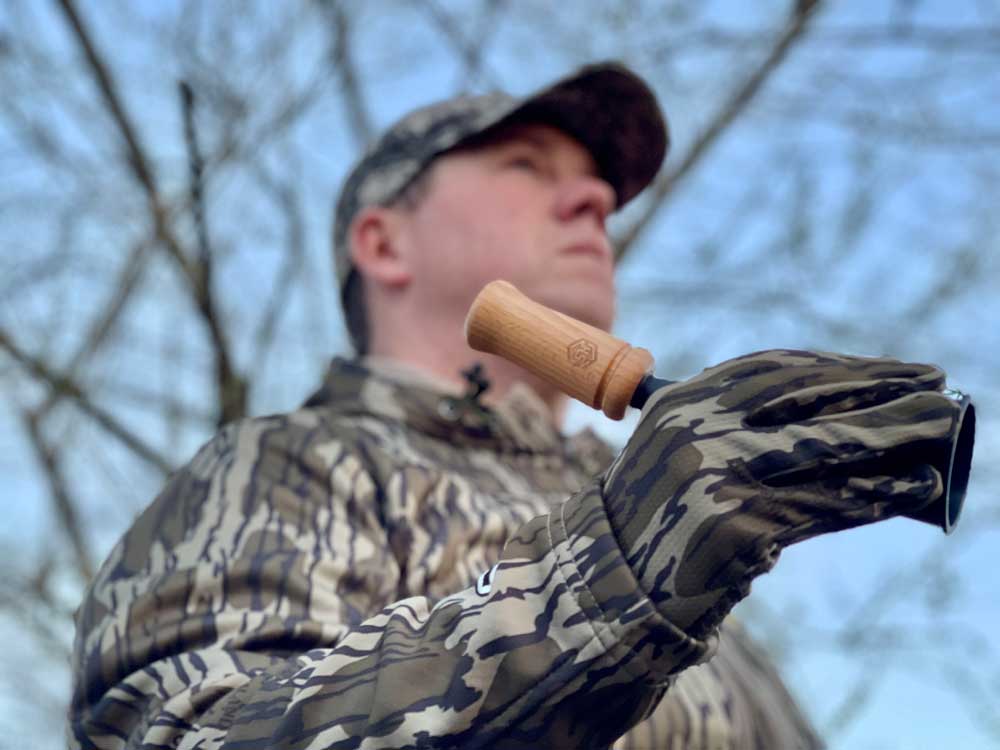
The best way to run and gun is by staying on higher ground in the timber. Every 75 to 100 yards, stop and use the coyote howler. By producing a two or three-second howl, a tom can hear the high-pitched howl from a far distance. When the tom hears the high-pitched howl, he will respond by gobbling, as otherwise, he wouldn't respond if it was a crow or owl call. After a tom is located, the hunter can ease to a closer range and begin using turkey calls to bring the tom into shooting range.

